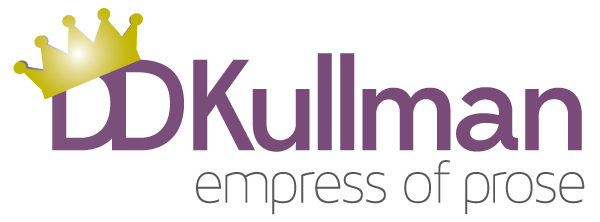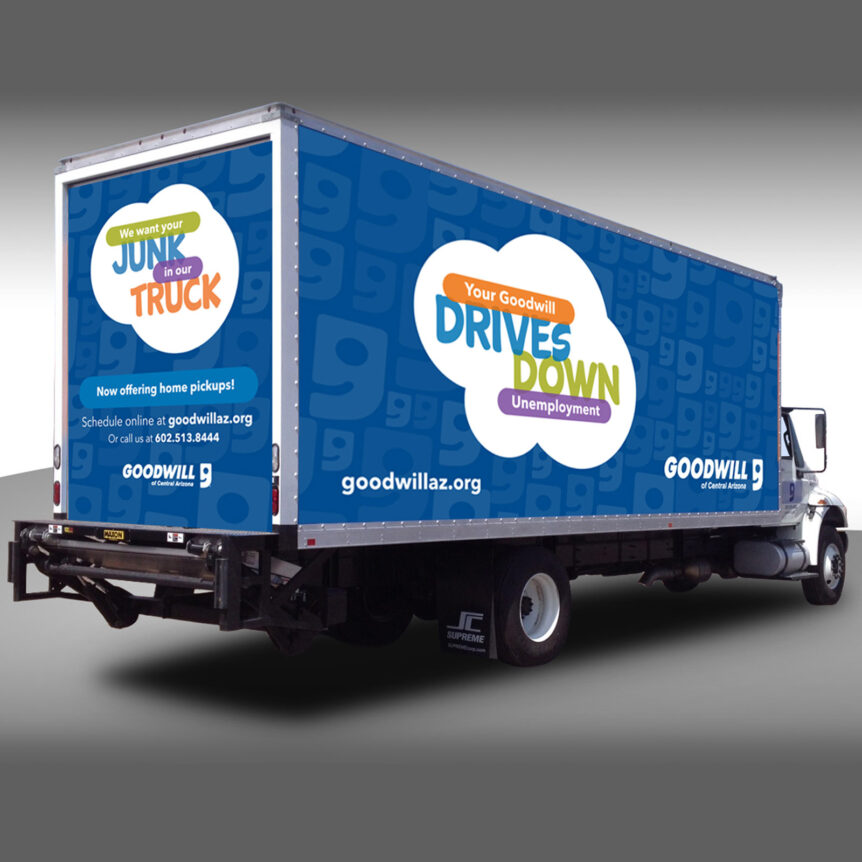 I once took on a freelance writing gig for a PR firm. They wanted me to write a print ad for a housing community. When I asked where I should source the information from, they said, “Oh, just look at the community’s website.” Stupidly, I did. Big mistake. The website identified the community’s “unique selling proposition” as offering large, single-level, Mediterranean-style homes. So that’s what I wrote about – large, single-level, Mediterranean-style homes. Proudly, I turned in my highly creative copy to the PR firm. A few hours later they tossed it back into my court saying, “That’s not what the client wants to say.” Really? You could have fooled me!
I once took on a freelance writing gig for a PR firm. They wanted me to write a print ad for a housing community. When I asked where I should source the information from, they said, “Oh, just look at the community’s website.” Stupidly, I did. Big mistake. The website identified the community’s “unique selling proposition” as offering large, single-level, Mediterranean-style homes. So that’s what I wrote about – large, single-level, Mediterranean-style homes. Proudly, I turned in my highly creative copy to the PR firm. A few hours later they tossed it back into my court saying, “That’s not what the client wants to say.” Really? You could have fooled me!
That was lesson number one for me in demanding a creative brief from clients. Even if clients don’t want to fill it out themselves – and many don’t – I’ll ask the creative brief questions over the phone. Oftentimes, they have the information in their heads, but don’t share it or can’t articulate it with their creative team. And because no one’s a mind reader, critical information may be forgotten or ignored. A creative brief gives the copywriter a road map to follow for staying on strategy. And it gets everyone – clients included – on the same page for the direction the communication will take. Below is a sample of the questions found on a creative brief:
Current Situation
(Key Fact):
A one-to-two sentence description that defines the problem or opportunity. It should
describe the relevant events or conditions in the market place.
Consumer Problem:
This is what’s on the prospect’s mind – it is the obstacle that must be overcome in
order for us to achieve our advertising objective. It is what the consumer needs and
is something that advertising can influence.
Assignment
(Advertising Objective):
This is what we want to accomplish with our advertising – it’s how we want the
customers/prospects to respond and/or act. It must solve the consumer problem.
Marketing Objective:
This is your objective for advertising – It must be solved by the advertising objective.
Marketing Strategy
Product Positioning:
This is the general description of how the development is / should be positioned in
the minds of the customers. It’s a characterization of what makes your development
worth choosing.
Target Audience: This is how we define our prospects in terms of who they are:
• Demographics
• Affinity groups (associations)
• Relationship to development
1. New versus existing prospects
2. User/decision maker/buyer/influencer
• Segments
Competition:
This is a description of all that you’re up against
Direct competition – details competitors and competitor activities
Indirect competition – other choices (out of category)
Creative Strategy
This is the primary reason why the prospect will want to choose your development
over all others. It is the significant benefit that only your development provides is the
unique selling proposition
Main Idea(s) to Communicate:
(Features/Benefits/Reasons Why)
This is why the benefit is truly beneficial to the prospect – it is how the prospect can
envision the benefit to them. It is the solution to the Consumer Problem.
Call to Action: This is exactly what/how we want the prospect to respond.
Creative Considerations/BackgroundInformation:
Any/all other related information that should be considered in the creative process
that otherwise does not fit in the previous sections. Typically, it is a review of market
conditions/activity leading up to the Key Fact.
Net Impression:
The “Wow” statement, this is the consumer takeaway – the prevailing thought of
how the Consumer problem is overcome in the consumer’s mind.
Mandatory/Legal Requirements:
The complete list of everything that must be included with the communication
Deliverables/Schedule:
Quantity/ Budget:


Comments 1
I agree, I am living in Canada, and I looove your show and would love to see what you could do for us !!!